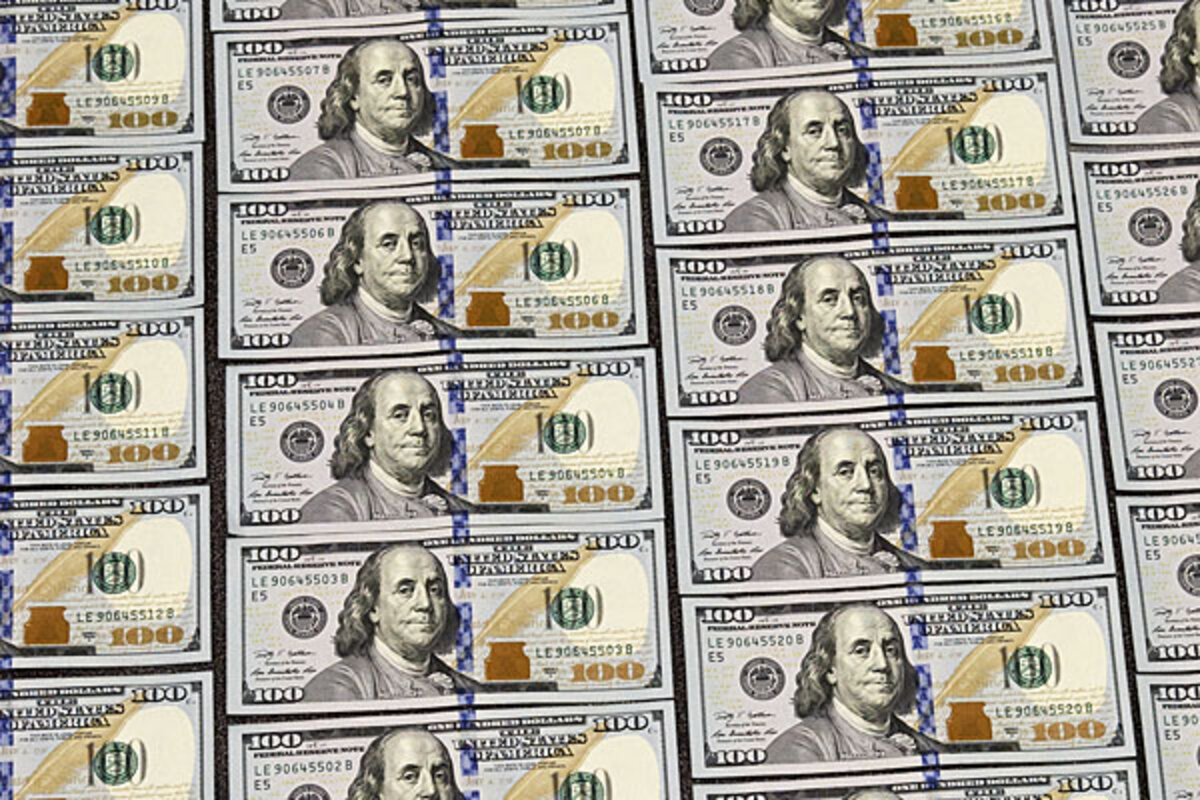How rich do you have to be to actually feel rich?
Loading...
Pity the poor rich, it ain’t easy being a one percenter.
In a , writer Ben Steverman took on a daunting task: making us feel sorry for America’s top 1%—that is, households earning an adjusted gross income of $389,000 or more in 2011. After an arm-length list of caveats, Steverman makes the case that the top earners in the world’s largest economy have greater trouble making ends meet than the 99% might think.
“[P]ut aside the tone-deaf rich and their caricatures in pop culture. Hold the class warfare,” he writes. “High-earning Americans who haven’t found the right dodge, or who live in high-tax states, get socked. They contribute more or less like their compatriots in other developed nations, with few of the perks.”
Using a hypothetical couple in New York that makes $450,000 a year with newborn twins, Steverman argues the family would have to save $2 million to meet expenses covered or alleviated by the social safety net in other developed nations, such as college, health care and long-term elderly care. “They can pay an effective tax rate approaching 50 percent—far more than an idle heir pays on his investment income—and still must worry about a job loss or health emergency leaving them strapped,” he writes.
“Blame the nation’s financial safety net. It doesn’t meet the needs of the poor, and it largely leaves out the wealthy.”
So how much wealth is required to feel wealthy?
One measure of what it means to feel rich is how much investment is required to live in style after early retirement. A 2010 CNNMoney examination suggested a couple wanting to feel rich, requiring a $12 million nest egg (which would run dry by age 100).
����������of U.S. millionaires in 2013 found that two-thirds don’t feel wealthy. What would make them feel wealthy? At least $5 million in the bank. But a by Fidelity Investments suggests that even that much money wouldn’t do the job—at least $7.5 million is needed to truly be rich.
Even as the top 1% of income earners race ahead of the 99%, among the elite there is a growing “,” according to the New York Times. The top 0.1% earners make 206 times more than the average American household; the run-of-the-mill 1% makes only 41 times more than the rest of us.
And that has been growing over time, according to research by the Top Incomes Database. In 1990, the top 0.1% earned 87 times more than most households, and top 1% made 41 times more. In 1980, it was 47 and 14 times more, respectively.
Still, it’s going to be tough for the rich to earn sympathy from the rest. Figures from Jacob Hacker and Paul Pierson, authors of “Winner-Take-All Politics,” show that the average income of the 1% has from $318,659 in 1970 to $905,570 in 2008 (adjusted for 2008 dollar values). Meanwhile, the bottom 90% of households have seen their income dip slightly, from $31,073 in 1970 to $30,981 in 2008.




